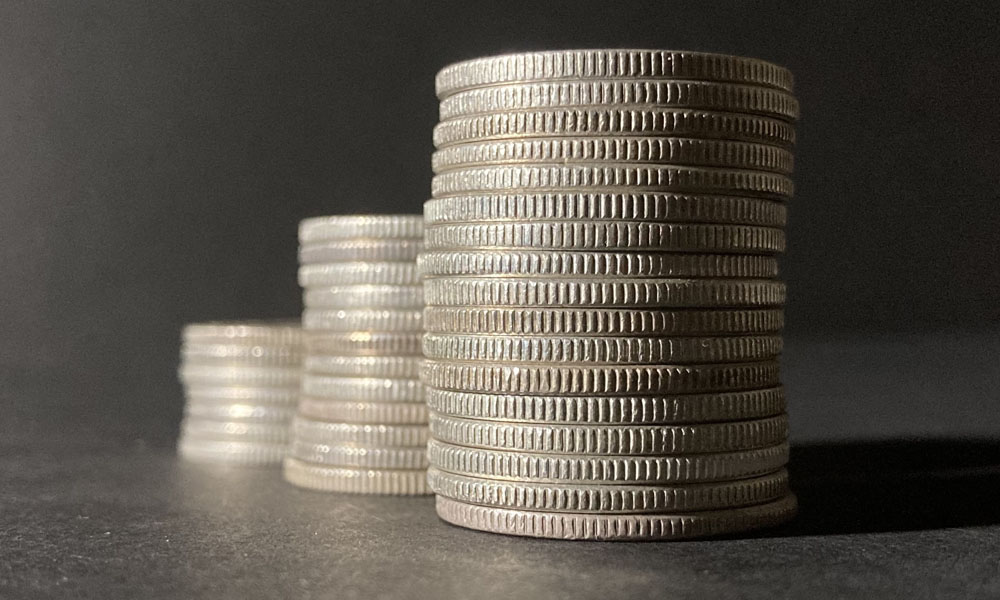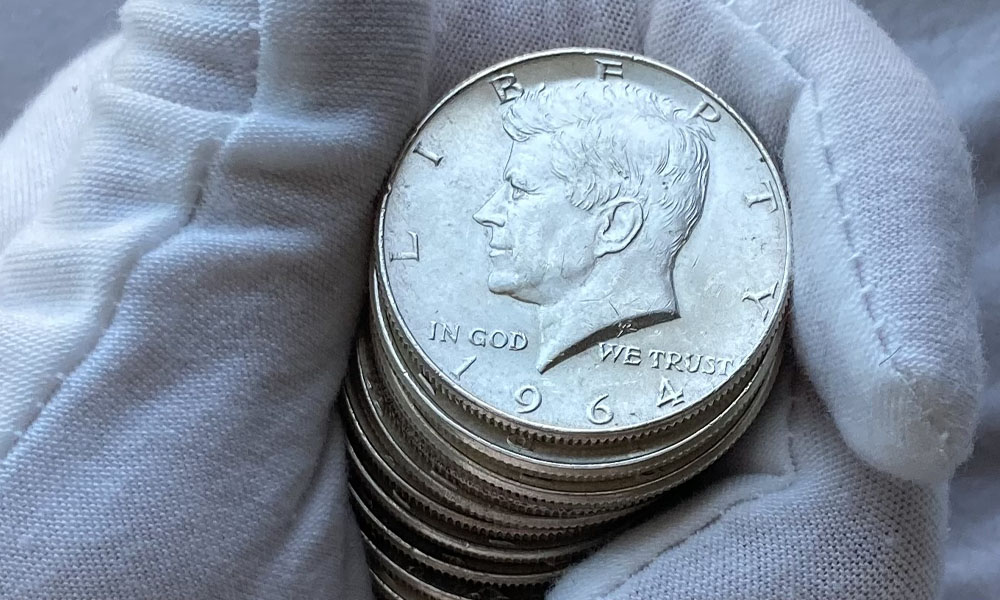Ever held a coin between your fingers and felt the tiny grooves along its edge? Those ridges, known as "reeded" edges or "milled" edges in the United Kingdom, are more than just a tactile feature—they carry a rich history and serve practical purposes that date back centuries.
The History of Reeded Edges
The practice of adding ridges to coin edges began in the late 17th century during the reign of Isaac Newton as the Warden of The Royal Mint in England. At that time, circulating coins were made of precious metals like gold and silver. Given the opportunity, unscrupulous individuals would shave off small amounts of these metals from the edges of coins—a practice known as "coin clipping"—and accumulate the valuable material over time to melt down and sell.
To combat this, mints started adding intricate designs and lettering to the edges of coins. Any attempt to tamper with the edges would become immediately noticeable. The reeded edge was a simple yet effective solution that made it significantly harder to clip coins without detection.

The Modern Purpose of Reeded Edges
While today's coins are typically made from lesser base metals rather than precious ones, reeded edges continue to serve essential functions:
- Anti-Counterfeiting Measures: The intricate process required to create reeded edges adds an extra layer of difficulty for counterfeiters. It's not just about replicating the face of the coin; the edge must match as well.
- Differentiation Between Coins: In many countries, coins of different denominations have distinct edge patterns. For example, in the United States, quarters and dimes have reeded edges, while nickels and pennies have smooth edges. This helps visually impaired individuals distinguish between coins and reduces confusion in transactions.
- Maintaining Tradition: Reeded edges have become a standard in coinage, carrying forward a historical element that connects modern currency to its storied past.
The Manufacturing Marvel
So, how are these reeded edges incorporated during the minting process?
- Blanking and Annealing: The process starts with large sheets of metal from which blank coins, or "planchets," are punched out. These blanks are then softened through annealing, which involves heating and slowly cooling the metal to relieve internal stresses.
- Upsetting Mill: The blanks are passed through an upsetting mill, which raises a rim around their edges. This prepares them for the striking process and ensures the metal flows properly to fill the die cavities.
- Striking: The prepared blanks are placed between two dies engraved with the coin's design. The edge reeding is created by a collar that surrounds the blank during striking. When the dies press into the blank, the metal is forced outward into the grooves of the collar, imprinting the reeded pattern onto the edge.
- Final Inspection: After striking, the coins undergo inspection to weed out any imperfections. Both high-speed machines and manual checks ensure that only coins meeting strict quality standards enter circulation.

The Reeded Coin Edge: An Enduring Feature
Reeded edges on coins are more than mere aesthetic details; they embody a rich history and continue to serve essential functions today. Originating as a solution to prevent coin clipping in an era of sound money when precious metals were the standard, these ridges have evolved into safeguards against counterfeiting and tactile aids for the visually impaired and are an enduring symbol of tradition.
In an age increasingly dominated by digital transactions, the physical coin with its reeded edge remains a tangible connection to our past, a testament to societal advancements in securing trust and integrity in commerce. So, the next time you handle an American Silver Eagle coin, take a moment to feel its edge—those tiny grooves tell a profound story of innovation and human efforts to protect the value of exchange.
